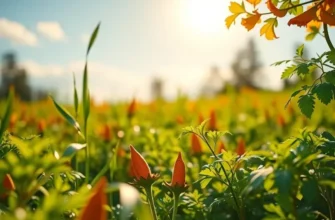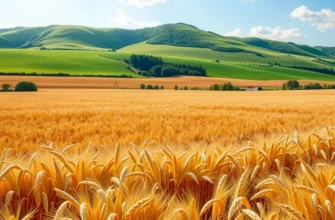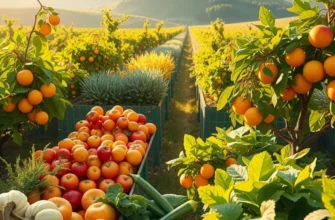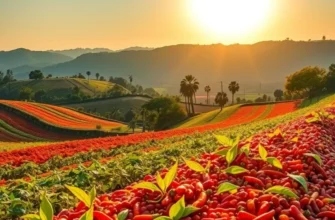As veins of life and culture, rivers have shaped culinary traditions across the globe. For centuries, communities have flourished along their banks, fostering unique food cultures that reflect local resources, histories, and beliefs. From the vibrant fish markets of the Nile to the rustic farms lining the Loire, rivers tell stories not only of nourishment but of identity. Join us as we embark on a flavorful exploration of these riverside culinary traditions, where water meets wit in delightful dishes.
Nourishment from the Nile: Egyptian Culinary Heritage

The Nile River has been a lifeline for Egypt, weaving through its heart and nourishing its lands. This ancient river has been crucial in shaping the country’s culinary identity. Its waters teem with fish like Nile perch and tilapia, staples in Egyptians’ diets for millennia.
Fish forms the backbone of many traditional dishes, most notably Sayadiya. This dish highlights Nile fish through a rich, earthy fusion of rice, caramelized onions, and warming spices. Steeped in history, Sayadiya celebrates the bounty of freshwater fish, slow-cooked to succulent perfection. A splash of fresh lemon adds a citrusy brightness, enhancing the natural flavors of the fish.
Beyond its waters, the Nile nourishes the fertile plains, producing unique grains like millet and sorghum. These grains are integral to various Egyptian dishes. Fattah, for instance, is a celebratory meal often enjoyed during festivities. Layers of crispy bread rice, and a savory broth unite in a flavorful chorus tied with garlic and vinegar.
Traditional Egyptian cooking methods frequently involve seasoned clay and copper pots, which enhance the flavors of their ingredients. These age-old techniques reflect a deep interaction with local resources, emphasizing the significance of cooking vessels in flavor development. Such methods are part of a broader spectrum of slow-cooking traditions across the world, where time and heat transform simple ingredients into complex flavors.
Local sourcing isn’t merely a culinary preference but a necessity deeply rooted in Egyptian culture. With seasonal harvests from the Nile basin, each family meal represents an unspoken connection between the community and the river. This sustainable mindset resonates with the importance of connecting with locally sourced ingredients, as discussed in global culinary influences through trade and shared traditions.
Egyptian cuisine, shaped by the bounty of the Nile, is more than sustenance; it is a reflection of history, community, and the environment. With every flavorful bite of Fattah and ladleful of Sayadiya, the Nile’s perennial gifts unite past and present culinary journeys.
The Loire Valley: Culinary Treasures of France
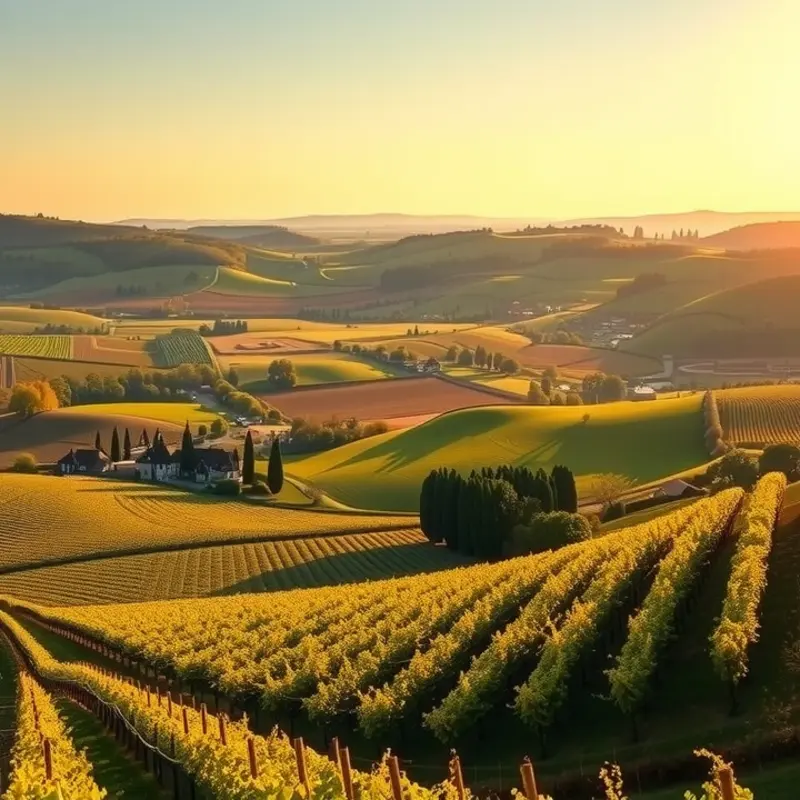
The Loire Valley, often hailed as the ‘Garden of France,’ is a stunning tapestry of lush landscapes and revered as a culinary goldmine. Drenched in history, this picturesque region is famed for its châteaux, vineyards, and an abundance of fresh produce that defines its culinary ethos. The meandering Loire River nurtures the valley, providing a fertile landscape thriving with orchards, vegetable fields, and vineyards.
Central to the valley’s culinary distinction are its local cheeses. Varieties such as Sainte-Maure de Touraine and Crottin de Chavignol are testament to the area’s rich dairy traditions. These cheeses, crafted with care by local artisans, are often paired with the valley’s renowned wines, creating a symphony of flavors that delight both locals and visitors.
The Loire Valley is also celebrated for its exceptional wines, primarily crisp whites from the Sauvignon Blanc and Chenin Blanc grapes. The cool climate and mineral-rich soils, courtesy of the river, foster the growth of grapes that produce wines with subtle floral notes and vibrant acidity. Wine tasting is a cherished experience here, where tourists can explore ancient cellars and savor wines that reflect the heart of the Loire.
Delve into the local cuisine, and you’ll encounter timeless dishes like Coq au Vin, a quintessential French creation. Traditionally made using rooster, this dish transforms everyday ingredients into something celebratory. The preparation involves slow-cooking fresh poultry in a rich red wine sauce peppered with mushrooms, onions, and herbs—a testament to the simplicity and sophistication of French cooking.
Another iconic dish born from the rich soils of the Loire is Tarte Tatin. This upside-down caramelized apple tart is both rustic and elegant. It’s believed to have been created by accident at the Hotel Tatin in Lamotte-Beuvron. The apples, grown in the abundant orchards along the river, provide the tart with its signature sweetness and balance, delighting those who indulge in this regional delicacy.
Vegetable and gardening enthusiasts will find the local produce in the Loire Valley equally compelling. The region’s markets overflow with vibrant offerings such as asparagus, artichokes, and mushrooms, inspiring farm-to-table dining long before it became a global trend. This emphasis on fresh ingredients is not just gastronomic but also eco-conscious, encouraging practices that reduce waste and promote sustainability. You can discover practical tips for reducing food waste in your kitchen here.
In essence, the culinary treasures of the Loire Valley encapsulate the soul of France’s gastronomic heritage. The region’s bountiful harvests and artisanal traditions create a rich tapestry that has continued to influence and inspire global cuisine. Here, meals are not merely about sustenance but are a celebration of culture, history, and the land itself—a journey of flavors that mimic the lush surroundings of one of France’s most exquisite regions.
Final words
Rivers are more than just flowing water; they are lifelines that connect cultures and foster culinary traditions rooted in the land. From the delicious offerings of the Nile to the rich heritage of the Loire Valley, each river tells a story through its local flavors and celebrations. As food enthusiasts and cultural explorers, discovering these riverside cuisines deepens our appreciation for how geography shapes our plates. Embrace the opportunity to taste these dishes locally or recreate them from the comforts of your kitchen, letting the essence of these rivers flow into your culinary adventures.


